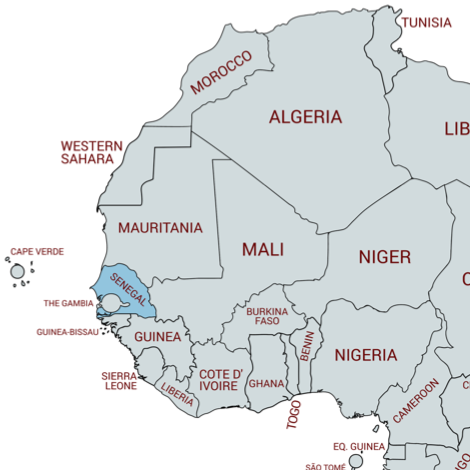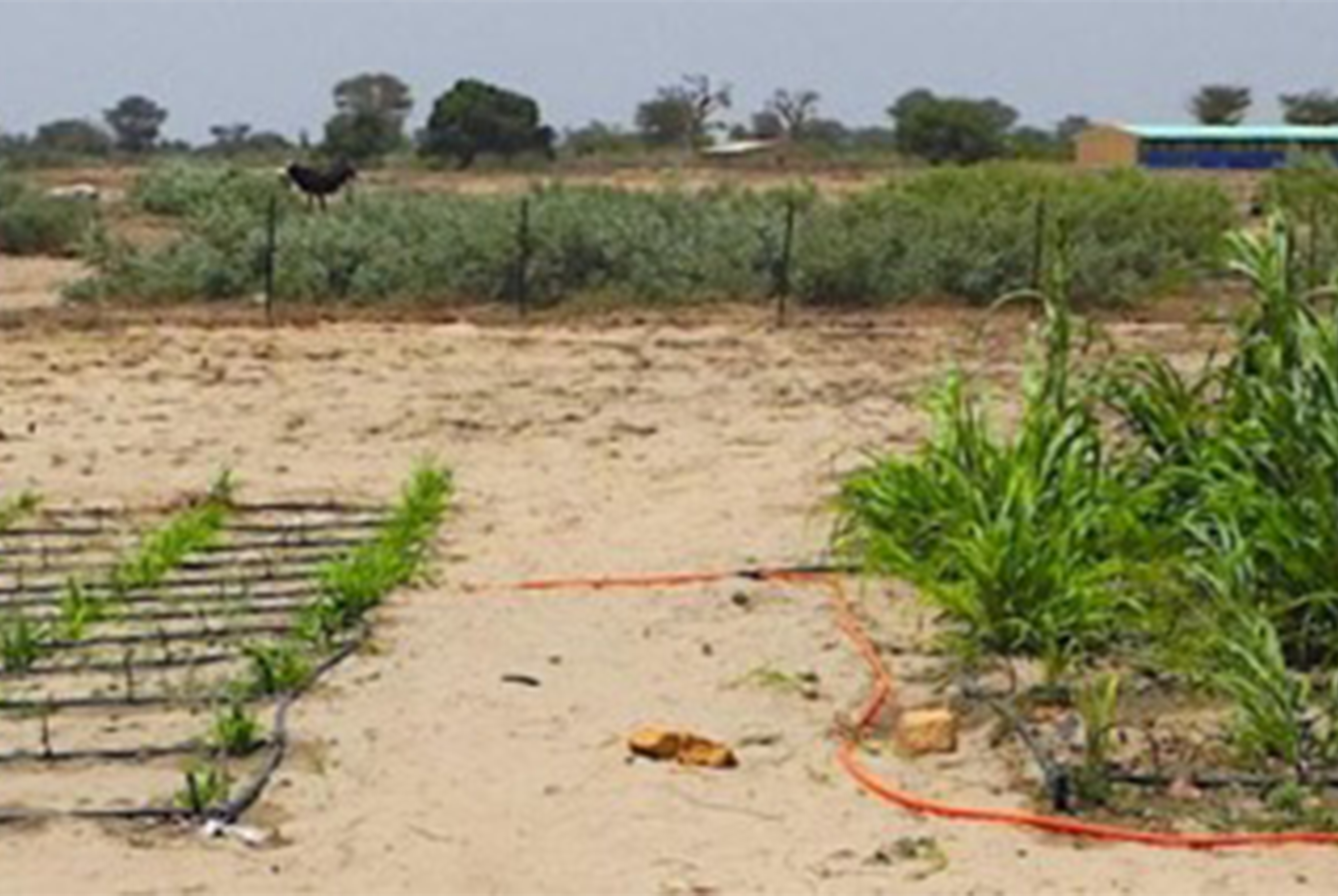Optimized Shrub System: Improving Cowpea Yields and Strengthening Smallholder Resilience
Principal investigator/Lead institution: Dr. Richard Dick, Ohio State University
Co-PI: Dr. Moussa Diangar, ISRA Bambey
Collaborating institutions: ISRA-CERAAS, Senegal
Works in: Senegal

Project Overview
West Africa suffers from recurring drought and degraded soils, which limits productivity of cowpea, an important source of protein and income for rural households in the Sahel. This project will pilot test and adapt the Optimized Shrub-intercropping System (OSS) to improve cowpea production.
OSS utilizes 2 indigenous shrubs (Guiera senegalensis and Piliostigma reticulatum) at densities of 1200-1500 shrubs/ha that includes annual incorporation of aboveground biomass – a system our research (31+ refereed journal articles) has shown dramatically increases crop yields (millet and peanut), remediates degraded soils, and profoundly, we have shown that shrubs “bioirrigate” adjacent crops – a powerful mechanism to combat in-season drought.

The productivity of this cowpea system will be evaluated under OSS management in comparison to the traditional management system (low or zero shrub density/burning of shrub residue) under farmer management.
We will also test an intriguing option for double cropping cowpea - determining if a second cowpea crop can produce harvestable yields at the beginning of the dry season by utilizing “shrub bioirrigated” water. A screening of cowpea cultivars that range in duration and phenotypic characteristics to identify superior lines for OSS will be done.
The team has also received funding for two cross-cutting themes:
- Nutrition – Protein, fat, fiber, sugar, iron and zinc will be analyzed to determine if cowpea grown under OSS has higher nutritional value than cowpea grown in the traditional system. An additional MS student will be trained with this work.
- The team is working with Scientific Animations Without Borders (SAWBO) to develop an OSS SAWBO video to be widely distributed through knowledge sharing platforms such as AgriLinks, social media, Field Days, and in classrooms in the U.S. and Senegal.
Click here to download the Project Fact Sheet
Want to learn more?
Presentation at the 2021 Global Legume Lab Convening. Additional presentation at the 2022 Global Legume Lab Convening. Presentation at the 2021 Global Legume Lab Convening.
Wild shrub could help peanut farmers in Senegal
Could an indigenous shrub lessen food shortages in West Africa?
The shrub that could feed Africa
How one tough shrub could help fight hunger in Africa
New study finds drought-resistant native plant can irrigate food
Drought-resistant native shrub can irrigate food crops, study finds
Irrigazione biologica: il cespugilo che puo sfarmare l’Africa
Un Buisson africain qui sait irriguer les recoltes



